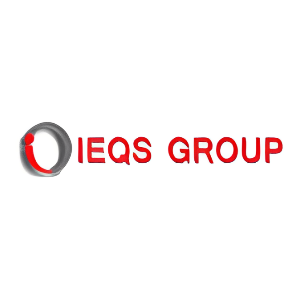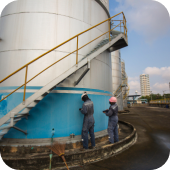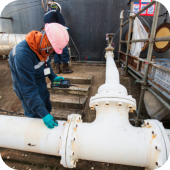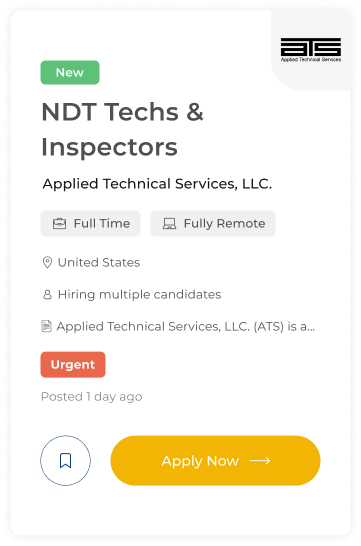

ieqs group
We ensure that the highest level of quality service in NDT Training Institute in Tambaram, Chennai
Overview
Customer Satisfaction…
We ensure that the highest level of quality service in NDT Training Institute in Tambaram, Chennai and product conformance are delivered flawlessly to our customers knowing that this is key to the success of our business. Also provide a goal directed and worthwhile education to our candidates.
Leadership…
We will continue to be the leading “one source” provider of technology enabled asset protection solutions. Our leadership ensure fullest quality service, continuous support, and technical resources to our client in any situation.
Our Employees…
We understand that our people are key to our success and everything we do reflects on their integrity, skills, ethics and commitment, and in return, they deserve to be treated fairly and with trust and respect.
Safety and Health …
Safety and health are an integral part of all our business activities. We believe that all safety incidents are preventable and our goal for them is zero incident.
Vision
We envisage being the most professional, committed, growth oriented and reliable service provider in the field of Industrial Engineering Quality.
Increase National and international customers. Train over 10000 Qualified NDT personnel.Employ 1000 technical and admin staffs around the world.
Products
Services
Ads












